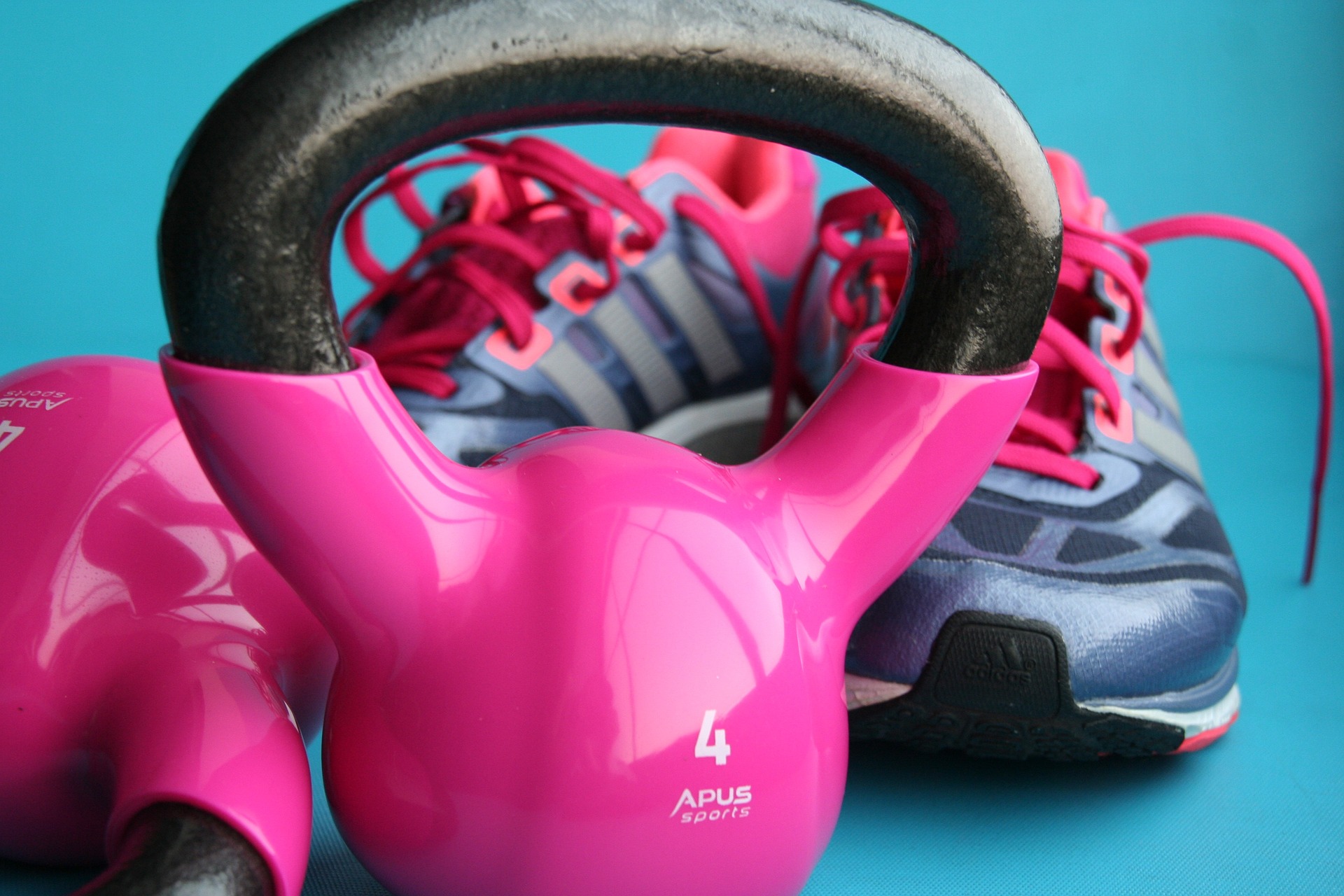The Rise of Functional Fitness in Sports Training
Today’s sports enthusiasts are focusing less on isolation exercises, such as bicep curls or leg presses, and are trending toward holistic movements that work multiple muscle groups simultaneously – Welcome to the world of Functional Fitness.

The New Era of Athletic Functional Fitness
Functional Fitness has emerged as one of the most significant developments in sports training. This discipline emphasizes training the body for activities performed in daily life, using multi-joint or multi-muscle exercises. Push-ups, lunges, burpees, or kettlebell swings are all examples of functional movements that engage various muscles, increase flexibility, and improve core strength. These exercises are crucial for enhancing a person’s balance, agility, and muscular strength.
How Athletes Benefit from Functional Fitness
While Functional Fitness has its origin in rehabilitation, athletes have found its principles tremendously beneficial. These exercises enhance performance by working multiple muscle groups simultaneously, mimicking movements one might do at home, at work, or during sports. For example, a squat is a functional exercise because it replicates the human movement of sitting or standing. Regular and correct practice of functional exercises improves the body’s ability to work efficiently as one unit, thereby optimizing an athlete’s performance.
Implementing Functional Fitness into Training Regime
If you’re an amateur or professional athlete, incorporating functional fitness into training can offer outstanding benefits. Start by identifying the specific movements your sports discipline requires, then build a functional fitness regimen that enhances these specific muscles and movements. For instance, a soccer player may focus on exercises that improve their hip flexibility and explosiveness, such as lunges or high-intensity interval training (HIIT).
Captivating Future of Functional Fitness
Functional Fitness is not just a passing fad. As more individuals and sports teams understand the benefits of this training approach, there is a high possibility that functional fitness will become a standard requirement in sports training programs. By leveraging functional fitness, athletes can not only improve their performance but also reduce injury risks, owing to the balance and flexibility these exercises provide.
- Functional Fitness improves athletic performance by training multiple muscles simultaneously.
- It originated in rehabilitation and has since been adopted in sports training.
- Functional exercises mimic movements that are often performed in life, at work, or in sports.
- Incorporating Functional Fitness into a training regime should be based on the specific requirements of the sport.
- There is a growing trend towards using functional fitness in sports training, given its potential to enhance performance and reduce injury.
To conclude, the rise of functional fitness in sports training is reshaping how athletes train and perform. The focus on multi-joint, multi-muscle exercises that enhance performance through increased strength, agility, and flexibility is a promising development for the world of sports. Regardless of the sport, integrating functional fitness in training regimes seems set to become the norm, signaling a new era for athletic training.




